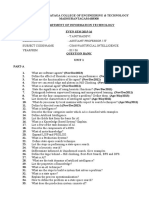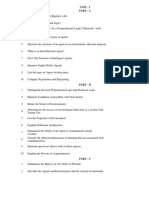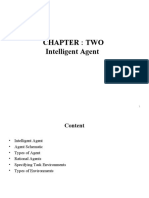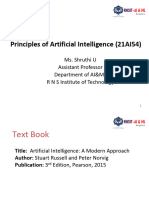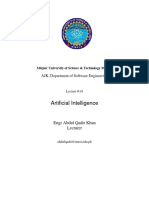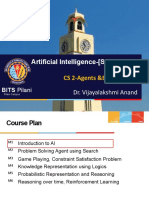0% found this document useful (0 votes)
80 views4 pagesAI Assignment Questions
The document outlines assignment questions related to Artificial Intelligence, covering topics such as AI problems, intelligent agents, search strategies, and game playing. It includes both short and long answer questions that explore foundational concepts, historical figures, and various algorithms like A*, mini-max, and Alpha-Beta pruning. The questions aim to assess understanding of AI principles, problem formulation, and the characteristics of different search strategies.
Uploaded by
Vyshnavi MeretiCopyright
© © All Rights Reserved
We take content rights seriously. If you suspect this is your content, claim it here.
Available Formats
Download as DOCX, PDF, TXT or read online on Scribd
0% found this document useful (0 votes)
80 views4 pagesAI Assignment Questions
The document outlines assignment questions related to Artificial Intelligence, covering topics such as AI problems, intelligent agents, search strategies, and game playing. It includes both short and long answer questions that explore foundational concepts, historical figures, and various algorithms like A*, mini-max, and Alpha-Beta pruning. The questions aim to assess understanding of AI principles, problem formulation, and the characteristics of different search strategies.
Uploaded by
Vyshnavi MeretiCopyright
© © All Rights Reserved
We take content rights seriously. If you suspect this is your content, claim it here.
Available Formats
Download as DOCX, PDF, TXT or read online on Scribd
/ 4














